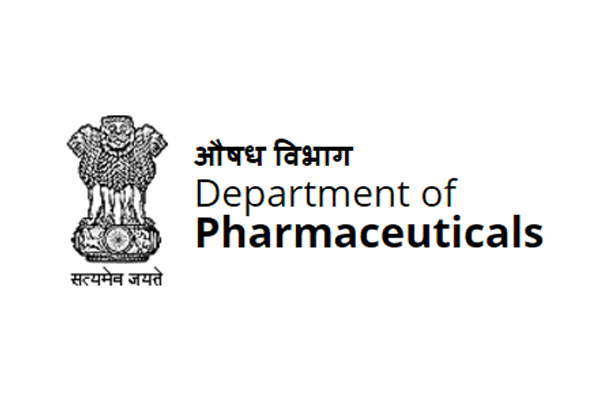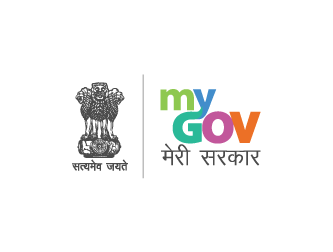Other Initiatives
(i) Common capacity building training programme for MFI’s staff |
||
|
During the various interactions with the MFIs/other stakeholders it is understood that besides MFI specific needs, there exist common sectoral needs also which are similar/common across all the MFIs. These mainly pertain to the staff training needs in various areas like audit, risk assessment & management, communication building & conflict management, delinquency management, monitoring & evaluation, responsible lending practices etc. Under this sector initiative it is envisaged to address common training needs across MFIs.
|
||
(ii) Techno Advisory Body |
||
| A major challenge faced by financial institutions is managing their information systems and improving their operating efficiencies. These challenges can be addressed by efficient and effective use of technology. Some of the major challenges faced are in selection of appropriate solution, managing effective roll out and finally making optimal use of the solution. PSIG aims to set up a “Techno-Inclusion Advisory” to address some of the challenges faced in technology adoption by financial institutions. Accordingly, it has was proposed to set-up a Techno Advisory Body under PSIG for providing guidance to the MFIs on their technology up-gradation initiatives. The Body is being managed by MicroSave, one of the leading technical services provider in the microfinance sector. Its Board comprises of senior representative from MFIs, DFID, SIDBI, BCFI and NPCI. | ||
(iii) Poverty outreach Report: |
||
| As part of our Poverty Outreach Measurement Programme, Grameen Foundation has been commissioned to prepare Poverty Outreach Report for the 4 focus states for the program- Bihar, Uttar Pradesh, Madhya Pradesh and Odisha. The project will survey a representative sample of 12000 microfinance clients across the 4 states to segment the client outreach of microfinance institutions for different poverty lines. The project will, further also look at the different segments to gain insights around the state of financial inclusion, major borrowing patterns and other demographic information that will be segmented against poverty levels of the clients. The study design will use Progress out of Poverty Index, a tool by GFI that has been customized for India to determine household level poverty estimates for a given population across rural and urban areas. The results will help MFIs and other stakeholders to understand from close quarters the microfinance outreach to the poor, state level benchmarks and the challenges that the organizations face to take their operations to the last mile. | ||
(iv) Bankers exposure visit to MFIs |
||
|
||
(v) Independent Directors Training programme by UP Microfinance Association (UPMA)Report |
||
| After the AP crises, there was a consolidation phase in the micro finance sector, wherein all the stakeholders including government, bankers, sector experts were of the view that responsible financing and a sound corporate Governance would be one of the critical success factors. Also with advent of newer model of financial inclusion over the period of time as also growing competition, it was has been proved that sound management and client centric policies not only help in reducing the reputational risk but also help in sustaining the organization. With this backdrop, it was felt to bring the Independent Directors of various MFIs operating in UP under one fold and conduct a sensitization cum training programme to focus on the role of Corporate Governance and Issues & Challenges of Directors. | ||
(vi) Exposure visit of Financial Literacy Counselors to Mathura in February 2016 |
||
| RBI from time to time has issued circulars highlighting the importance of Financial Literacy Centers (FLC) as the supporting structures to the banking system in India. As part of the PSIG’s mandate for Policy Advocacy, a Dipstick Study on Financial Literacy Centers- Status, Constraints and Way forward” was carried out to improve the current body of knowledge around the status of the FLC model in PSIG states and provide recommendations to improve its effectiveness. One of the major recommendations arising out of the study was create a platform for experience sharing as well as improving the FLC structure. Therefore, to take this agenda forward an exposure visit to the FLC of Syndicate bank in Mathura was carried out. | ||
(vii)RRB Exposure Visit to the Business Correspondent model of Cashpor in Varanasi in May 2015Report |
||
| In all consultative meetings organized with the bankers (RRBs), the need for orientation of state and regional level bank officials on the business model and operations of MFIs on BC model was expressed. Accordingly, to familiarize bankers (RRBs) on the governance, microfinance operation, management practices, MIS, risk mitigation mechanism, client protection measures, and functions of the branch etc. of the MFIs and also to understand the Business Correspondent (BC) model. Cashpor being one of the most successful MFI’s implementing BC model, accordingly, an RRB exposure visit was carried out to Cashpor to better and deeper understanding of the entire model. | ||
(viii) MFI Pitch Book : |
||
| The Poorest States Inclusive Growth (PSIG) programme is facilitating sustained and enhanced funding to the Microfinance sector and taken it as one of the major themes for financial inclusion in the States of Bihar, M.P., Odisha and U.P. Towards this, advocacy for an enabling policy environment complemented with engagement with Banks for greater lending to MFIs has been conceived as a dual strategy. In this direction, this compendium of profiles of MFIs operating in these four focus States of PSIG has been prepared, which would serve as a tool to information sharing on MFIs with Banks and other stakeholders and update the industry about MFIs progress in these poor States of India. This MFI Pitch Book is divided into four sections. The first section is about the Poorest States Inclusive Growth (PSIG) programme. The second section details-out overall microfinance sector overview in India providing financial and operational highlights both at the national and state level during the financial year 2013-14.The next section presents four States’ brief overview and updates. The last section provides a snapshot of all 24 MFIs in select four States, providing information on their legal status; geographical expansion; head office; active clients; and loan outstanding in the current year 2013-14 followed by individual MFI wise detailed two page financial and operational progress in the financial year 2013-14. <attachment> | ||
ix) MFI Directory: |
||
| Sadhan has been supported to come out with Directory of the MFIs in the country to enumerate significant players (MFIs) in Indian Market, through compilation of names of MFIs functioning under different networks as well as through soliciting self-declaration from the organisations concerned. The names have been listed out state wise and then ‘Tier’ (client size) wise under each state. The directory carries the information of 268 MFIs such as Name of MFI, contact details, year of establishment, number and name of the states operating in, products and services rendered, client outreach and loan portfolio. The list may not be exhaustive but carries most of the organizations having over 90 per cent market share in the country. <attachment> |
Copyright © 2025 Small Industries Development Bank of India (SIDBI). All rights reserved
Last Updated: 13-10-2025













